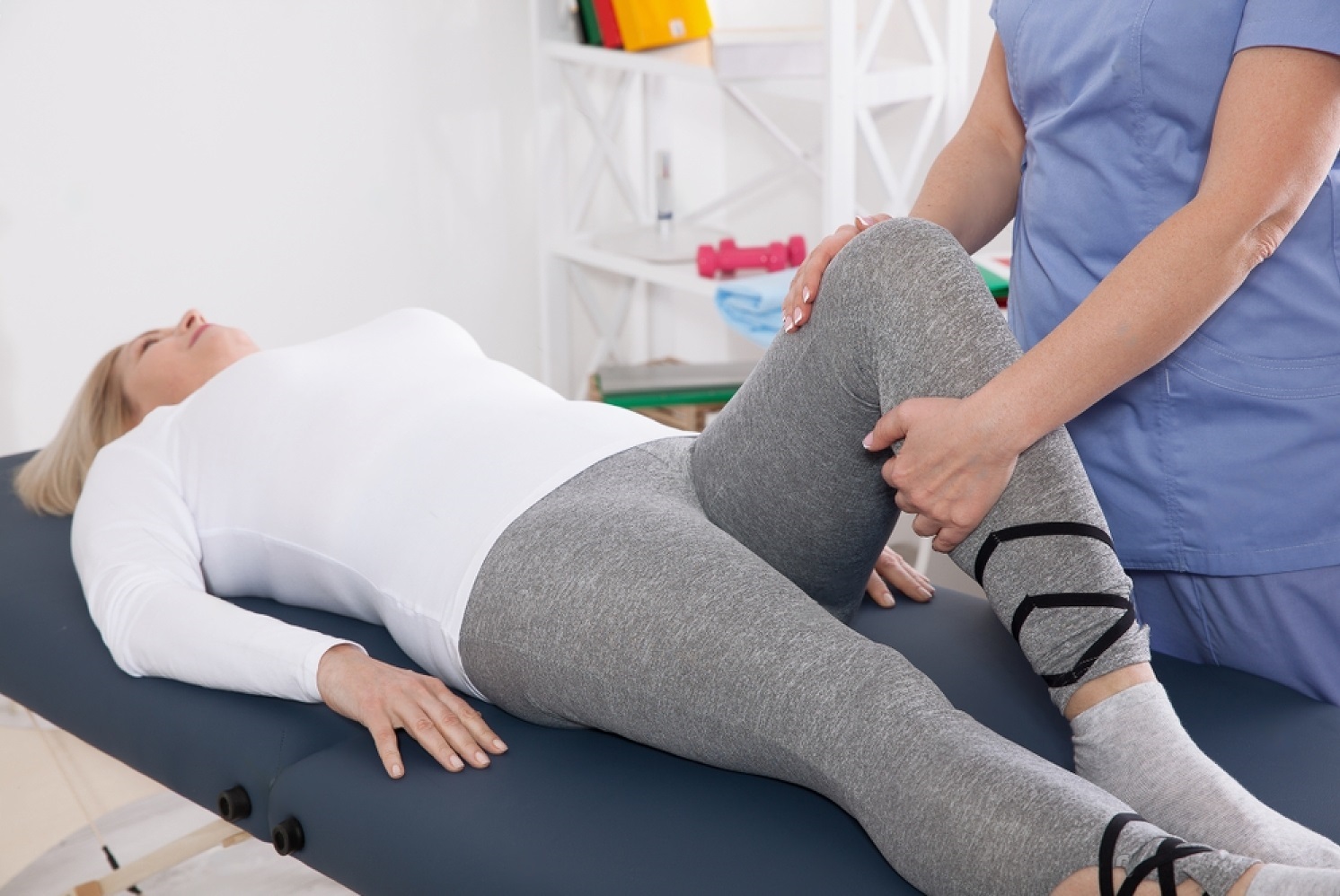Knee pain is a common issue that can significantly impact daily life and activities. Whether it’s due to injury, overuse, or age-related factors, knee pain can hinder mobility and quality of life. However, by incorporating preventive measures and exercises recommended by physiotherapists, individuals can reduce the risk of knee pain and maintain optimal knee health.
Understanding Knee Pain
Knee pain can arise from various causes, including injury, overuse, arthritis, or underlying medical conditions. It can affect people of all ages and fitness levels, limiting their ability to perform everyday tasks and participate in physical activities. Early intervention and preventive measures are essential to managing knee pain and preventing its progression.
Tips for Preventing Knee Pain
Maintaining a healthy weight is crucial for reducing strain on the knees. Excess weight puts added pressure on the knee joints, leading to pain and discomfort. By adopting a balanced diet and engaging in regular physical activity, individuals can manage their weight and improve overall knee health.
Wearing appropriate footwear is another key aspect of preventing knee pain. Shoes that provide adequate support and cushioning can help maintain proper alignment and reduce stress on the knees during walking, running, or other activities.
Incorporating proper warm-up and cool-down routines before and after physical activity is essential for preventing knee injuries. Dynamic stretching, light aerobic exercises, and mobility drills can prepare the muscles and joints for activity while reducing the risk of strains or sprains.
Practicing good posture and body mechanics is also crucial for preventing knee pain. Maintaining proper alignment and avoiding prolonged positions that place excessive stress on the knees can help prevent overuse injuries and reduce the risk of developing chronic knee pain.
Exercises Recommended by Physiotherapists
Physiotherapists often recommend a combination of strengthening, stretching, and low-impact exercises to improve knee health and prevent pain.
Strengthening exercises focus on building the muscles surrounding the knee, including the quadriceps, hamstrings, and calves. Examples include leg presses, squats, lunges, and calf raises, performed with proper form and technique to avoid exacerbating existing knee issues.
Stretching exercises help improve flexibility and range of motion in the knees, reducing stiffness and improving overall joint function. Examples include quad stretches, hamstring stretches, calf stretches, and IT band stretches, held for 20-30 seconds each to promote muscle relaxation and flexibility.
Low-impact exercises such as swimming, cycling, or using an elliptical machine are gentle on the knees while providing cardiovascular benefits. These activities can help improve fitness levels and maintain joint health without placing excessive stress on the knees.
Balance and stability exercises are also important for preventing falls and reducing the risk of knee injuries, especially in older adults. Balance exercises such as single-leg stands, heel-to-toe walks, and stability ball exercises can help improve joint proprioception and enhance overall balance and coordination.
Lifestyle Changes for Knee Health
Making lifestyle changes can also contribute to better knee health and pain prevention. Avoiding prolonged sitting or standing can help reduce stiffness and strain on the knees. Taking breaks to stretch and move around can help alleviate discomfort and improve circulation.
Incorporating rest and recovery into your fitness routine is essential for preventing overuse injuries and allowing the knees to recover from intense physical activity. Adequate rest, hydration, and nutrition are important for supporting overall joint health and recovery.
Staying hydrated is essential for maintaining joint lubrication and flexibility. Drinking plenty of water throughout the day can help keep the joints hydrated and functioning optimally.
Consider ergonomic adjustments in your workspace to reduce knee strain. Using a chair with proper lumbar support and adjusting the height of your desk and computer monitor can help maintain good posture and reduce stress on the knees during prolonged periods of sitting.
Seeking Professional Help
While preventive measures and exercises can help reduce the risk of knee pain, it’s essential to seek professional help if you experience persistent or severe knee pain. A physiotherapist or healthcare provider can assess your condition, provide personalized recommendations, and develop a tailored treatment plan to address your specific needs.
By consulting a qualified physiotherapist or healthcare professional, you can receive expert guidance on managing knee pain, preventing injuries, and improving overall knee health. Whether through manual therapy, exercise prescription, or other interventions, a physiotherapist can help you achieve optimal knee function and mobility.
Takeaway
Preventing knee pain requires a proactive approach that includes adopting healthy lifestyle habits, incorporating preventive measures, and engaging in targeted exercises recommended by physiotherapists. By following the tips and exercises outlined in this article, individuals can reduce the risk of knee pain, improve joint function, and maintain optimal knee health for years to come.
The specialized care and expertise offered through physiotherapy for knee pain Singapore are invaluable resources for individuals seeking effective pain management and rehabilitation solutions.

